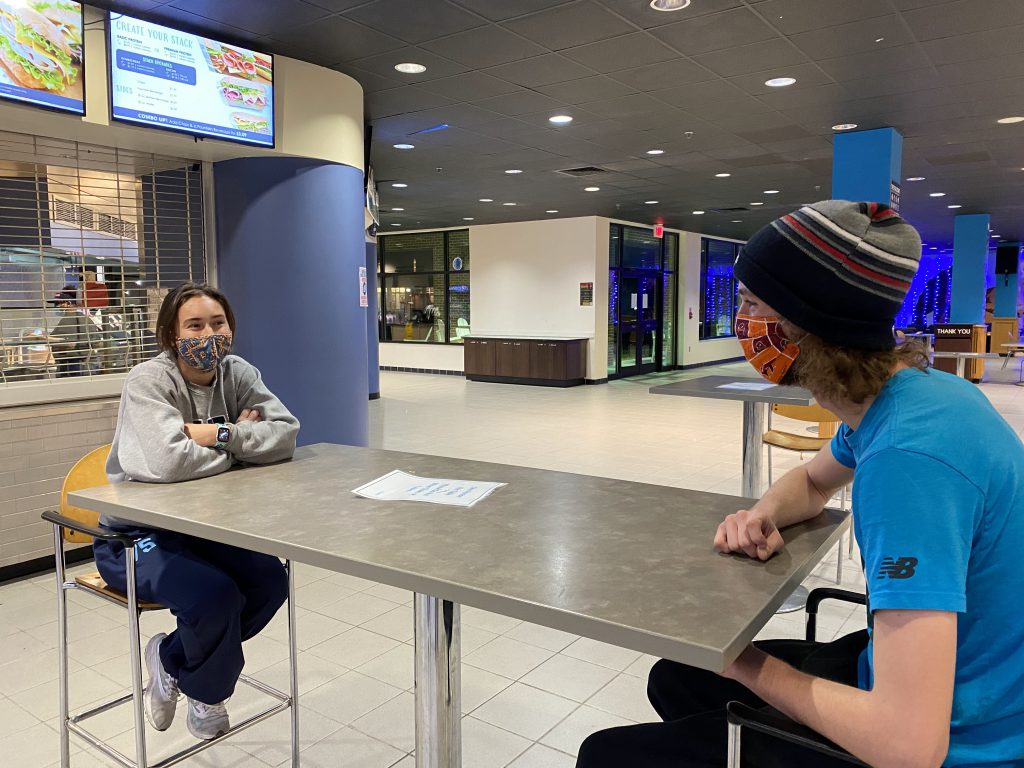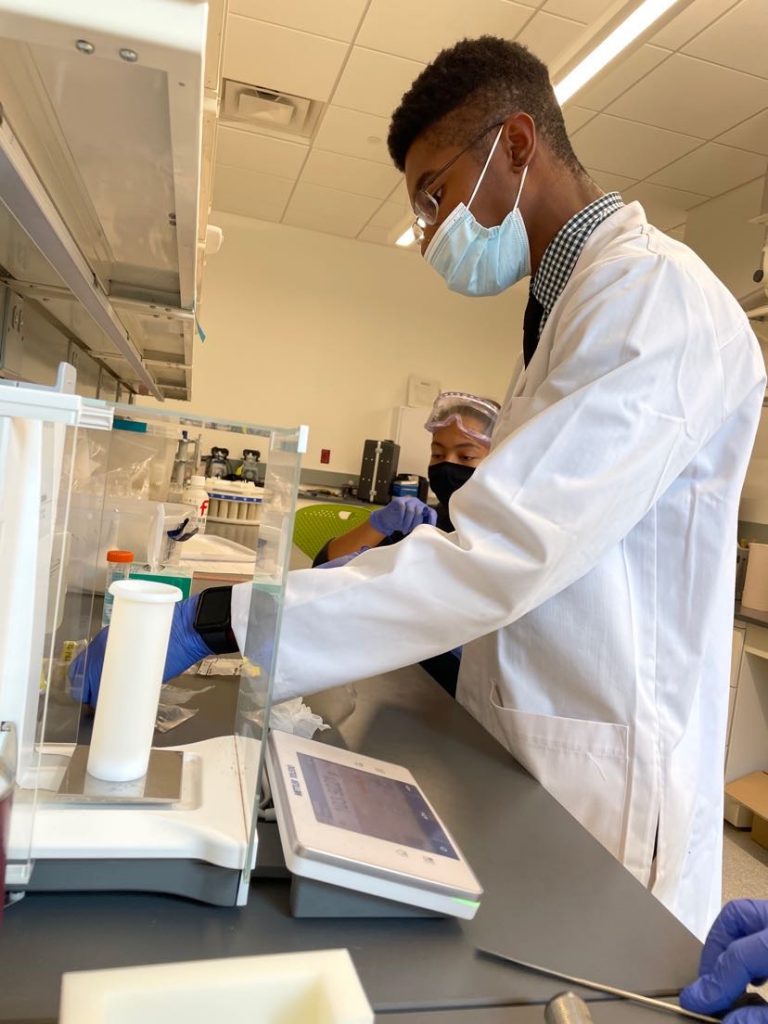This ongoing article series seeks to highlight students who have conducted notable research in the science, technology, engineering or mathematics (STEM) fields. Students may conduct research throughout the Fall, Spring, and/or Summer terms. Many students pursue research as a two or four credit course under the tutelage of a professor of their choosing. After conducting research for at least a term, students may present their findings at Port Day, The Undergraduate Research Symposium hosted by The Lighthouse.
Caroline Tryfiates was among the students who created a poster to display her research at the most recent research symposium. She began conducting research, entitled “Chemical Analysis of Novel Perianal Gland in the Cotton Hispid Rat” in the Spring of 2021. She has been conducting chemical ecology research under the mentorship of Dr. Robert Rose at Old Dominion University. Her research focused on the Sigmodon hispidis, commonly known as the cotton hispid rat. The species is indigenous to the Americas, including the southern portion of Virginia.
A remarkable gland was noted in 2018 in the male rats. The gland is much smaller during non-mating times, whereas during mating season, it can comprise two percent of the animal’s body mass. The gland is hypothesized to be related to mating, due to its coreelative timing and production of sex pheromones. After identification of the gland, a hypothesis was devised based on the findings. The rats will be exposed to the gland’s chemicals and their behavior will be analyzed. If it is related to mating, it can be concluded that the gland does indeed produce sex pheromones.
Tryfiates’s research was centered around the first component of the investigation, which was to identify the contents of the perianal gland. She began by basing the initial method on known gland analyses of other species and altered the method as needed. Through many trial runs, parameters were narrowed to produce better results. Tryfiates’s analysis was completed using gas chromatography-mass spectrometry (GC-MS). This method uses gas-chromatography and mass spectrometry to identify chemical components in a test sample. The method aimed to capture heavy and light chemical components within the composition of the gland. The results were then compared to the chemical contents of the seminal vesicles and perianal gland of the rat to determine if there was a link between mating organs and the novel gland.
It is important to note Tryfiates’s research is still ongoing. She has had the opportunity to present her findings at several conferences. The next will be at the Spring Symposium of American Chemical Society (ACS). ACS is a coalition of 151,000 members in varying disciplines of the chemical fields.
Tryfiates notes that the research has helped her in several ways including, “public speaking, performing primary research and analyzing others’ primary research.” She said, “ I would encourage everyone to conduct independent research as it is such a unique experience in undergraduate education and presents opportunities for growth, both within the subject matter as well as outside of that field.”
Further, she mentioned this experience has piqued her interest in conducting research throughout graduate school and into her professional career. She ended by saying, “Undergraduate independent research has been critical in my undergraduate research and future career plans and I encourage all students to conduct a project.”
If a student is interested in conducting research, they should meet with their departmental academic advisor to plan a course for undergraduate research.
By: Jack Palmer
jrpalmer@vwu.edu



